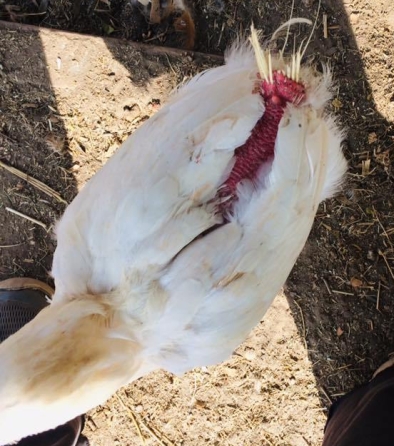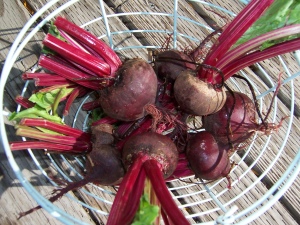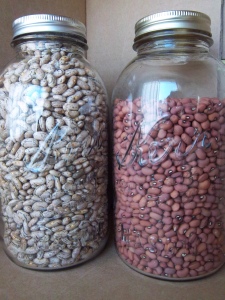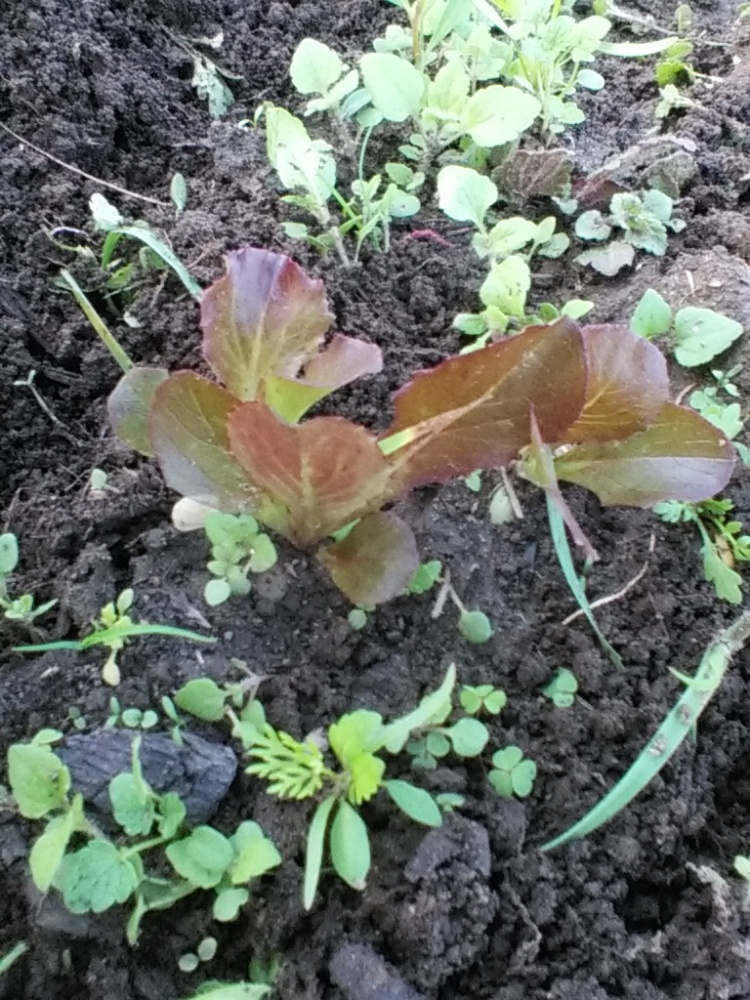
A question I am often asked is, “when do I plant?” It’s an important question. Different plants require different growing conditions and should be grown at different times. Without a doubt, one of the keys to a successful garden is knowing when to plant all of the different varieties that you will be growing. But, how does one determine when to plant?
Well, there are a few different ways this can be done (I’ll save the best way I’ve found ’till the end)…
First, you can make a trip to your local nursery or home and garden center and look to see what they currently have for sale. Typically, they stock plants based on growing seasons. However, you should just use this as a general guide, especially in the spring, when the ground and air temps may not be warm enough for planting in your specific area. I can’t tell you how many people I know who have lost their entire investment, in the spring, by planting too early just because the plants were available in the nursery. Also, they often don’t stock vegetable transplants year ’round. Just because they’re not available in the nursery at the moment, it doesn’t mean it’s not the right time to put them in your home garden. Typically, home and garden stores make transplants available one time per year, in early spring. There are many vegetables that can be put into the garden right up through the fall, like lettuces, cabbages, peas, and oriental greens, but you may not find them for sale in your local stores. So, yes, see what’s available at your local nursery, but don’t use it as the only method for determining when to plant.

Next, you can go by the instructions on the back of a seed packet. Some seed packets have very general (and sometimes confusing) instructions. It may show a map with color-coded zones and planting times. If there are a lot of different climates in your state or county, it can be tricky to pinpoint, exactly, which zone you fit in just by looking at the small map. Also, the range of planting dates can be quite large – i.e. if you are in zone x, plant between early February through April – that’s a pretty wide range. It can be a bit of a guessing game when you use these types of seed packets. However, there are some wonderful heirloom, organic seed companies that provide planting instructions with great detail on their packets, including whether or not the seeds need overnight soaking, cold stratification, or scarifying, which can make all of the difference when it comes to successful germination. These types of packets also base seed starting time on your first and last frost dates. For example, the packet might say something like, “start seeds indoors four weeks prior to your last frost date.” This really helps you to zone in on a particular planting date for your seed starting. The key here is knowing your first and last frost dates so that you get those seeds in the ground at the right time.
This leads me to another tactic, which I greatly employ in my own garden planning – a vegetable planting guide. There are a variety of different guides that you can reference and download on the internet. Some are designed for specific hardiness zones, counties, and regions, others are more general in nature. Some cover very basic garden vegetables, herbs, and flowers, others get into more specific types of plants. Some are very visual, others more technical. I keep several different types of guides on hand to help me with my planting times. I like to use simple, at-a-glance-type guides at the beginning of the gardening season to quickly plan out what I’m going to get started and when. When I get closer to the fall, I prefer to use a more technical guide that includes a “days to harvest” column so that I can count back from my final frost date and know when I can safely sow or plant out my final crops.
Finally, a method that I’ve really come to appreciate in helping me know when to sow and plant (and the one that I’ve found to be the most reliable) is using volunteer seedlings as guides. Whenever I see a baby plant growing, it indicates to me that it’s the right time to sow brother and sister seeds of that variety. Here’s why: that seed has been lying underground for some time, waiting for just the right conditions to spring to life. It’s presence in the garden indicates that there must be ideal conditions for it to be growing, and, therefore, it’s time for me to begin sowing or planting out more of it (the exception being warm weather varieties that show up late into the season, when there won’t be enough time for them to set fruit for harvesting). The key to using this method is letting some of my plants from the previous season set and drop seed.
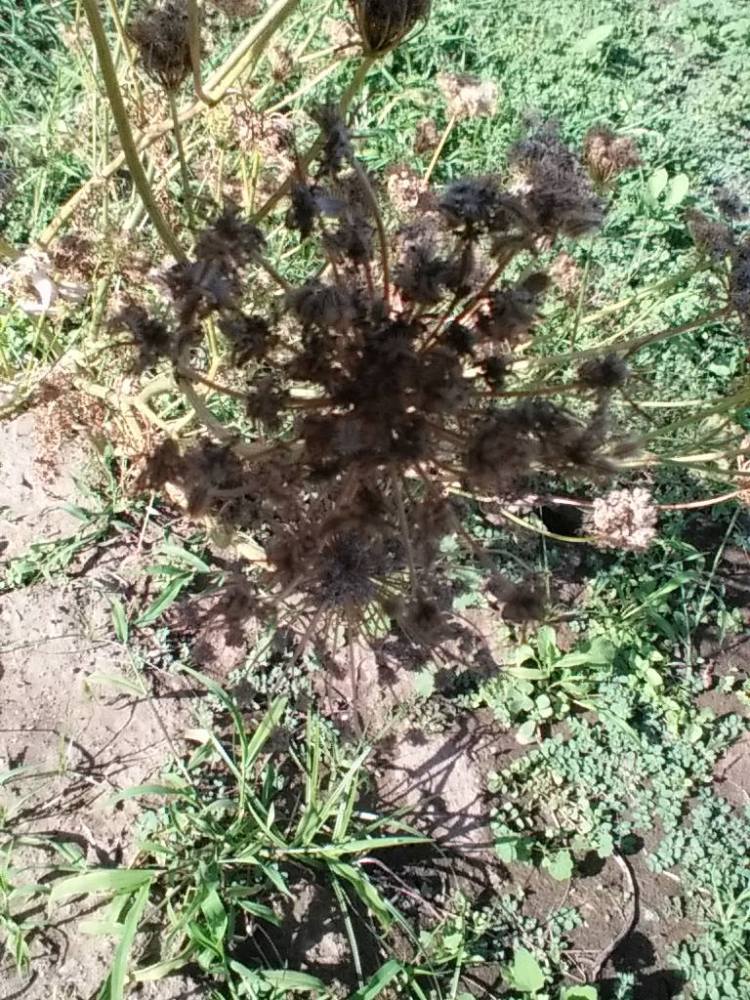
(with potatoes or garlic, I leave some of the harvest in the ground, for plants where the seeds are contained inside of the fruit, I allow the fruit to mature, then leave it to decompose right in the garden bed. Bugs, insects, animals, wind and water can also disperse seed, setting up the opportunity for more volunteers to pop up later on. If you compost, you may also find volunteers there.)
Each year, there are variances in weather conditions in my area – variances that home and garden centers, seed packets and charts can’t predict, but I can almost always guarantee that I’ll be planting at the right time if I do it in conjunction with volunteers that I see sprouting in my garden!
Won’t you give it a try?
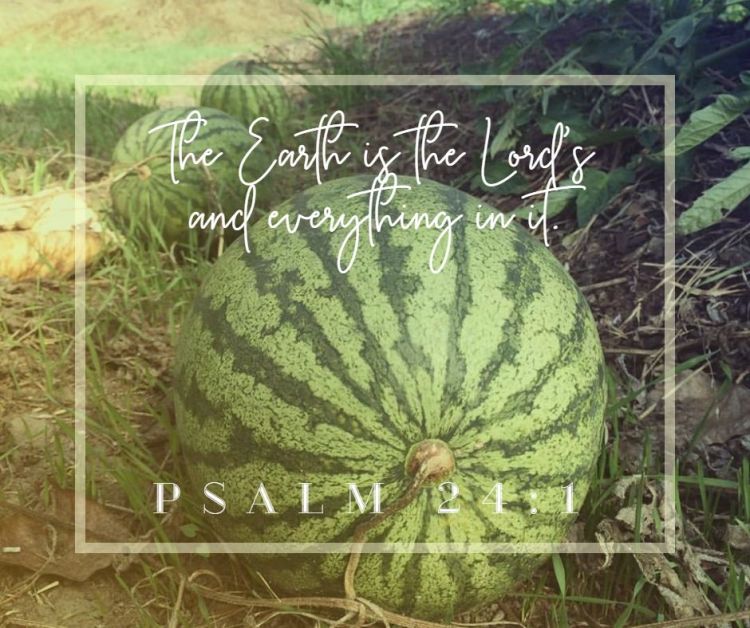 Today is “Earth Day”. But, for me, as a Christian, today isn’t about celebrating the earth. It’s about celebrating God who created the earth, who owns it, and has tasked his creation (man) with management of it.
Today is “Earth Day”. But, for me, as a Christian, today isn’t about celebrating the earth. It’s about celebrating God who created the earth, who owns it, and has tasked his creation (man) with management of it.
